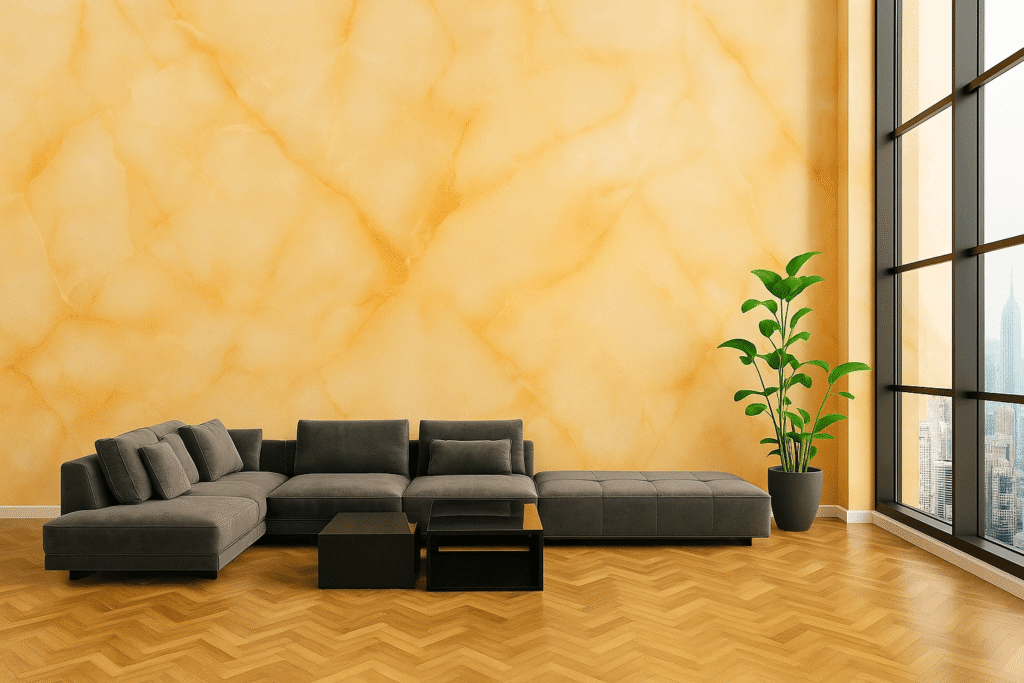
Introduction
Selecting the right marble for interior design projects is often one of the most challenging decisions for designers, architects, and homeowners. With countless varieties of marble available, each differing in color, veining, and texture, choosing the perfect material can be overwhelming. Traditionally, physical samples and catalogs have been the primary tools for making these choices, but they often fall short in providing a complete picture of how the marble will look in a real space.
A modern solution that is changing the landscape of interior design is the marble visualizer. This advanced tool enables designers and clients to visualize how different marble options will appear in a room before making a purchase, helping eliminate guesswork, reduce costly mistakes, and streamline the design process. In this article, we explore how a marble visualizer can transform interior design projects and why it has become an essential tool for professionals.
What is a Marble Visualizer?
A marble visualizer is a digital application or software that allows users to simulate how various types of marble will look in a given space. By uploading room dimensions or using pre-set templates, designers can see how different marble patterns, colors, and finishes interact with lighting and furnishings.
Key capabilities include:
- 3D Rendering: Visualize marble surfaces in realistic three-dimensional layouts.
- Pattern Simulation: See how different veining patterns flow across floors, countertops, or walls.
- Lighting Adjustments: Understand how natural and artificial light affects the appearance of marble.
- Interactive Design: Experiment with multiple marble options, instantly switching colors and finishes.
By offering realistic previews, a marble visualizer bridges the gap between imagination and reality, helping designers and clients make confident choices.
Benefits of Using a Marble Visualizer
1. Enhanced Decision-Making
Choosing marble can be complex due to subtle differences in color and pattern. A marble visualizer provides a complete view of how various options will look in the intended space, allowing for better-informed decisions. This reduces the likelihood of costly errors and ensures that the final design aligns with the client’s vision.
2. Time and Cost Efficiency
Traditional methods often require ordering multiple physical samples, multiple site visits, and trial installations, all of which are time-consuming and expensive. By using a marble visualizer, designers can preview materials digitally, significantly cutting down on time and material costs.
3. Improved Client Engagement
Clients are more likely to approve designs when they can see realistic representations of materials in their space. Marble visualizers create an interactive experience, allowing clients to adjust colors, patterns, and layouts, which improves satisfaction and reduces back-and-forth revisions.
4. Increased Accuracy in Planning
From matching marble with flooring patterns to planning intricate countertops, a visualizer ensures precise design execution. Accurate previews help avoid mismatched materials and enable designers to plan layouts with confidence.
5. Sustainability and Reduced Waste
By visualizing options digitally, designers can minimize unnecessary material orders and sample usage, contributing to sustainability and reducing waste in the design process.
Applications Across Interior Design Projects
Marble visualizers can be applied across various types of interior design projects:
- Residential Spaces: Kitchens, bathrooms, living rooms, and flooring projects benefit from accurate previews of marble selections.
- Commercial Interiors: Offices, hotels, and retail spaces can experiment with marble layouts to ensure brand-consistent aesthetics.
- Luxury Projects: Villas, estates, and high-end projects require precise selection, where visualizers ensure that every marble choice complements the overall design vision.
- Hospitality Design: Hotels and resorts can preview premium marble options before making large-scale investments.
By providing realistic previews, marble visualizers help professionals plan, execute, and communicate design ideas efficiently across all project types.
How Marble Visualizers Improve Workflow
Integrating a marble visualizer into a project workflow brings numerous advantages:
- Streamlined Collaboration: Designers and clients can collaborate in real time, experimenting with different marble options without the need for physical samples.
- Reduced Errors: Accurate simulations prevent mistakes that may arise from misjudging color, veining, or scale.
- Enhanced Presentations: Designers can create compelling visuals for client presentations, improving communication and approval rates.
- Better Supplier Coordination: Visualizations allow for precise specifications when ordering marble slabs, reducing delays and mismatched deliveries.
Choosing the Right Marble Visualizer
Not all visualizers are created equal. When selecting a tool, consider:
- User-Friendliness: Ensure the interface is intuitive for both designers and clients.
- Realistic Rendering: Look for high-resolution textures, accurate lighting simulations, and lifelike color representation.
- Customization Options: Ability to adjust marble patterns, colors, and finishes easily.
- Integration with CAD or Design Software: Seamless compatibility improves workflow efficiency.
- Support and Updates: Reliable customer support and regular software updates enhance long-term usability.
Choosing the right marble visualizer maximizes the benefits and ensures smooth integration into your design projects.
Real-World Impact
Many interior design firms have reported substantial improvements after adopting marble visualizers:
- Reduced Material Waste: Digital previews prevent ordering unnecessary marble samples.
- Faster Decision-Making: Clients approve designs more quickly, reducing project timelines.
- Increased Client Satisfaction: Interactive tools enhance engagement and confidence in design choices.
- Cost Savings: Lower sample and installation costs contribute to overall project efficiency.
For example, a luxury interior design firm in India reduced physical sample orders by 40% after implementing a marble visualizer, demonstrating both financial and operational benefits.
Conclusion
A marble visualizer transforms interior design projects by offering realistic previews, reducing errors, and enhancing collaboration between designers and clients. From residential spaces to large-scale commercial projects, this tool ensures that marble selections are precise, cost-effective, and aligned with the overall design vision.
By integrating a marble visualizer into your workflow, designers and homeowners can make informed decisions, minimize waste, and elevate the overall quality of their projects. Investing in this technology is not just a trend—it is a strategic choice that saves time, reduces costs, and ensures exceptional design outcomes.
For any interior design professional or homeowner looking to revolutionize their marble selection process, using a marble visualizer is the modern solution for accurate, efficient, and visually compelling design planning.


